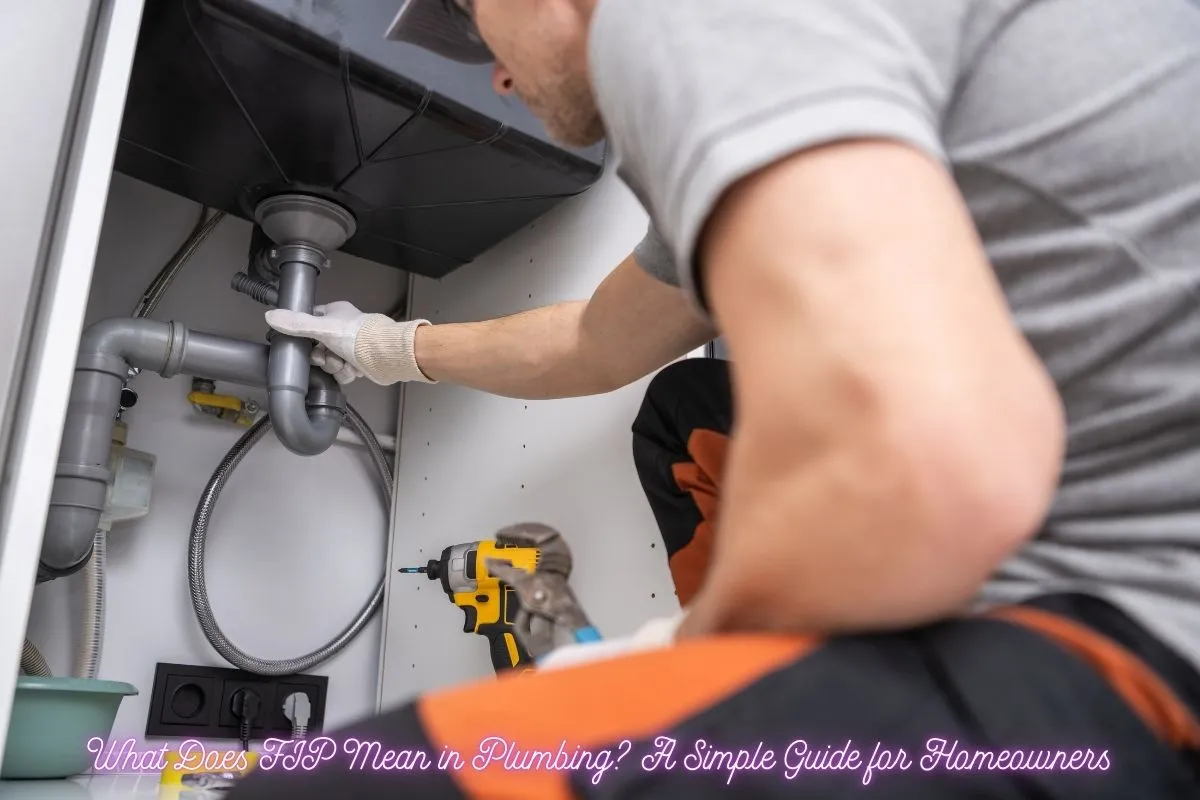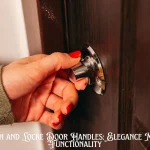If you’ve ever ventured into the world of plumbing—whether as a DIY enthusiast or as someone fixing a leaky faucet—you’ve likely come across the term FIP. But what does FIP mean in plumbing, and why is it so important? Let’s unravel the mystery of this common yet often misunderstood term.
What Is FIP in Plumbing?
FIP stands for Female Iron Pipe. It refers to a type of threaded plumbing fitting with internal threads designed to connect with external threads on a corresponding Male Iron Pipe (MIP). These fittings are commonly used in various plumbing applications, including water, gas, and even air systems.
Think of FIP fittings as the “socket” into which the “plug” (the MIP fitting) screws. Together, they create a secure, leak-resistant connection.
Why Are FIP Fittings Important?
FIP fittings play a vital role in plumbing systems by:
- Ensuring Secure Connections: Threaded joints formed by FIP and MIP fittings are strong and reliable, ideal for handling high-pressure systems.
- Versatility: They are compatible with various materials like steel, brass, and plastic, making them useful for a wide range of plumbing setups.
- Ease of Installation: With the right tools and sealing materials, FIP fittings are relatively simple to install, even for a DIY plumber.
How Do FIP Fittings Work?
FIP fittings are designed with internal threads that match the external threads of MIP fittings. To create a leak-free seal:
- Step 1: Clean the threads on both the FIP and MIP fittings.
- Step 2: Apply a sealing material, like Teflon tape or pipe thread sealant, to the male threads.
- Step 3: Screw the MIP fitting into the FIP fitting carefully to avoid cross-threading.
- Step 4: Tighten the connection using a wrench, but avoid overtightening to prevent damage to the threads.
Personal Anecdote: Learning the Hard Way
When I first attempted to replace a garden hose connection, I encountered a stubborn FIP fitting. I didn’t know about the importance of Teflon tape back then, so I skipped that step. A week later, I had a miniature fountain spraying water all over my yard! After watching a video by Bob Vila, I redid the connection with Teflon tape, and it’s been leak-free ever since.
Where Are FIP Fittings Used?
FIP fittings are commonly found in:
- Water Supply Lines: Connecting pipes for sinks, toilets, and outdoor spigots.
- Gas Lines: Ensuring a secure connection for natural gas or propane systems.
- HVAC Systems: Used in some air and heating applications.
- Irrigation Systems: For connecting pipes and fittings in outdoor watering setups.
Tips for Working with FIP Fittings
Here are some expert-backed tips to keep in mind:
- Use Proper Sealing Materials: According to home improvement expert Ron Hazelton, sealing the threads with Teflon tape or pipe dope is critical for preventing leaks.
- Avoid over-tightening: While it’s tempting to crank down with a wrench, over-tightening can strip the threads or crack the fitting.
- Match Materials: Ensure that FIP fittings are compatible with the pipe material you’re using (e.g., don’t mix plastic fittings with metal pipes unless explicitly rated for compatibility).
- Inspect for Wear: Regularly check for signs of corrosion or thread damage, especially in older systems.
Expert Insights on Plumbing Connections
“Understanding the basics of plumbing fittings, like FIP, is crucial for any DIY home improvement project.” – Bob Vila, TV Host and Contractor
“Properly sealing FIP fittings with Teflon tape or pipe dope is essential to prevent leaks and ensure a long-lasting connection.” – Ron Hazelton, Home Improvement Expert
“When working with FIP fittings, use the right tools and techniques to avoid damaging the threads.” – Chip Wade, HGTV Host
Common Challenges and How to Overcome Them
- Cross-Threading
- Problem: Misaligned threads can strip the fitting, making it unusable.
- Solution: Always start threading by hand to ensure proper alignment.
- Leaking Connections
- Problem: Insufficient sealing or damaged threads.
- Solution: Use ample Teflon tape and inspect threads for wear before installation.
- Corrosion
- Problem: Metal fittings are prone to rust, especially in humid environments.
- Solution: Consider using corrosion-resistant materials like brass or stainless steel.
How FIP Fittings Compare to Other Plumbing Connections
- NPT (National Pipe Thread): FIP fittings often conform to NPT standards, ensuring compatibility with other NPT-threaded components.
- Compression Fittings: Unlike FIP fittings, compression fittings use a ferrule and nut to create a seal, making them ideal for non-threaded pipes.
- Push-to-Connect Fittings: Easier to install than FIP fittings, but generally more expensive and less durable in high-pressure systems.
Studies and Insights
Building Codes and Standards
Research on plumbing regulations emphasizes the importance of using threaded fittings like FIP for high-pressure systems due to their durability and reliability.
Materials Science
Studies on metals used in plumbing highlight the advantages of using galvanized steel or brass FIP fittings for longevity and corrosion resistance.
When to Call a Professional
While FIP fittings are beginner-friendly, certain situations may require professional expertise:
- Installing or repairing gas lines (always follow local safety codes).
- Connecting to municipal water mains.
- Handling systems with unusual or oversized fittings.
As Danny Lipford wisely advises, “Always consult with a licensed plumber for complex plumbing projects involving FIP fittings to ensure compliance with local codes and regulations.”
Final Thoughts: Why Understanding FIP Matters
Whether you’re replacing a faucet or tackling a more ambitious plumbing project, understanding what FIP means—and how to use these fittings—can save you time, money, and frustration.
By mastering the basics, you’ll be well on your way to handling minor plumbing tasks confidently. And remember, when in doubt, call in the pros!
Did this guide help demystify FIP fittings for you? If you have questions or tips to share, leave a comment below! Let’s keep the water flowing (where it should).










